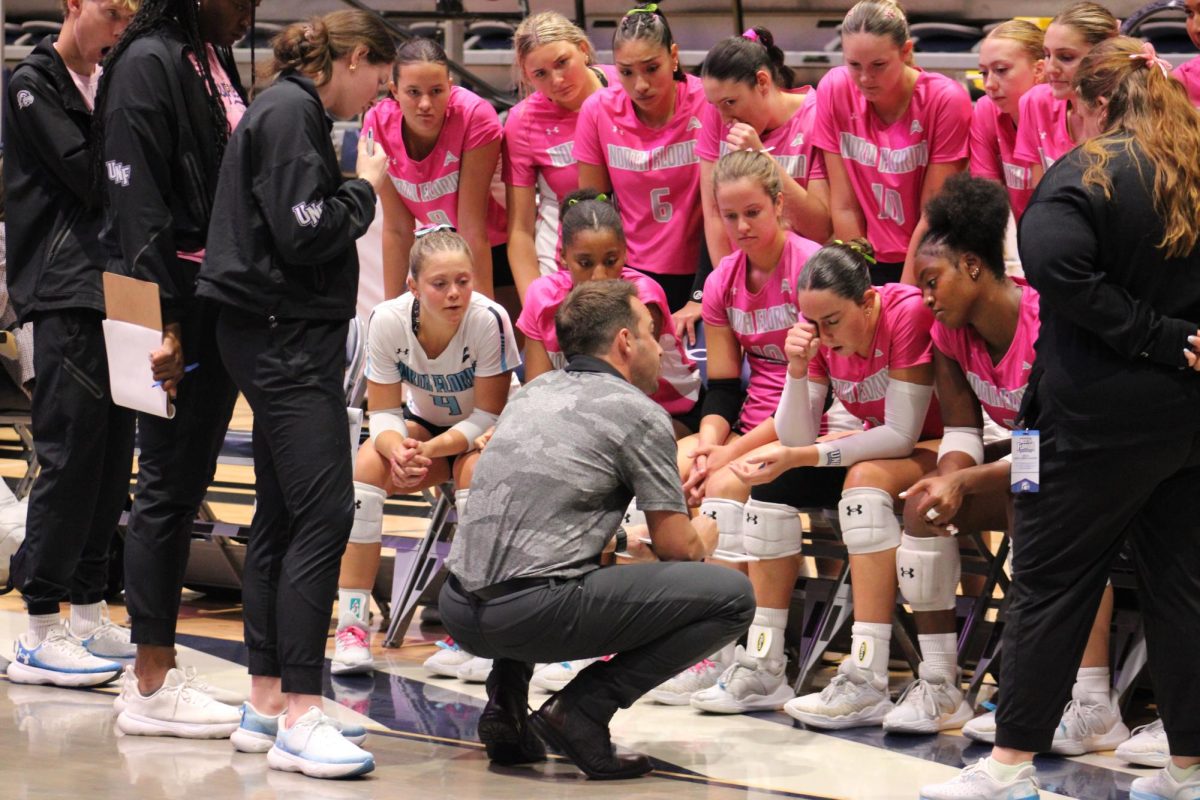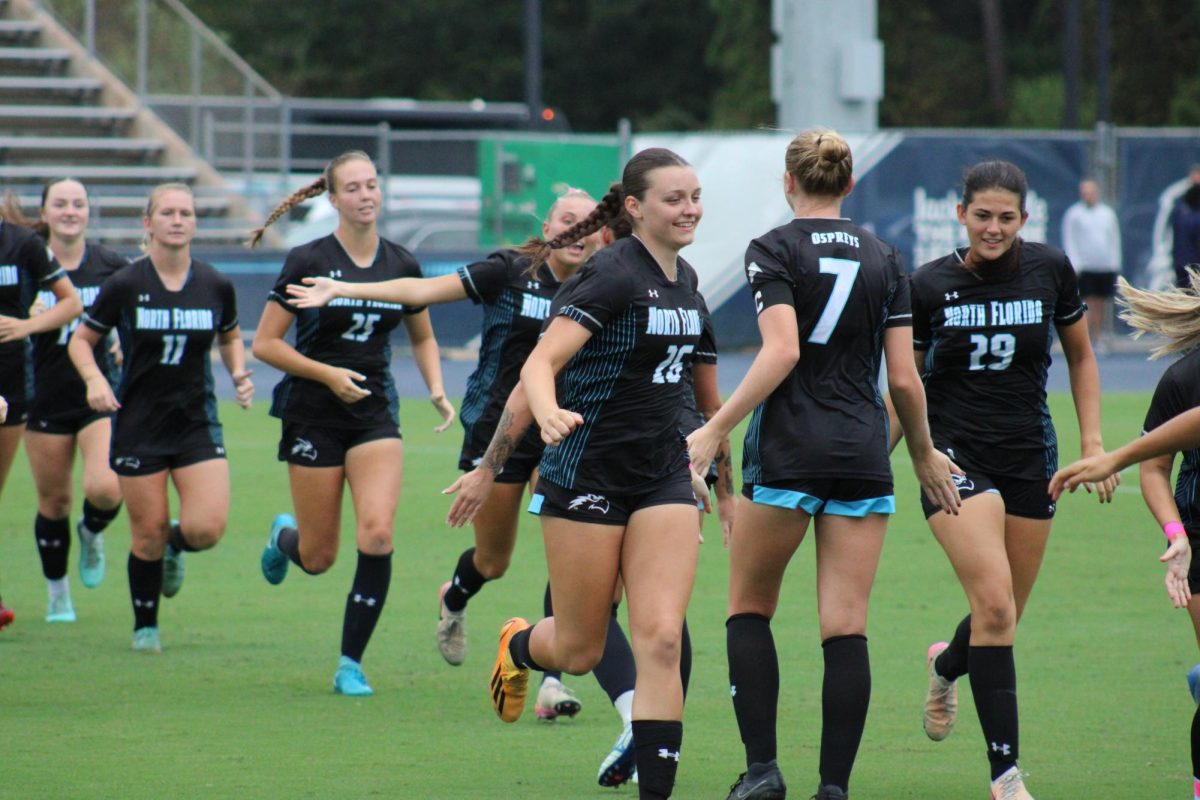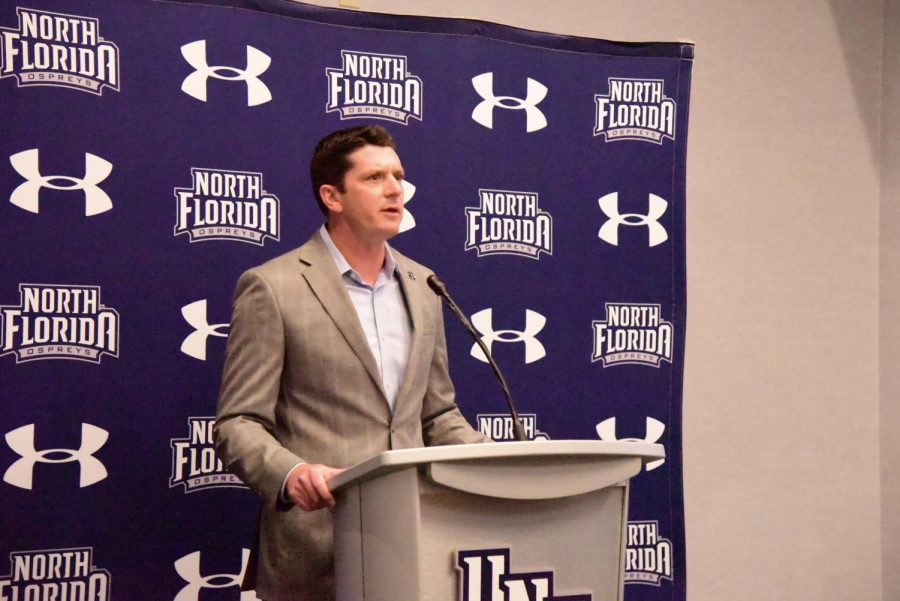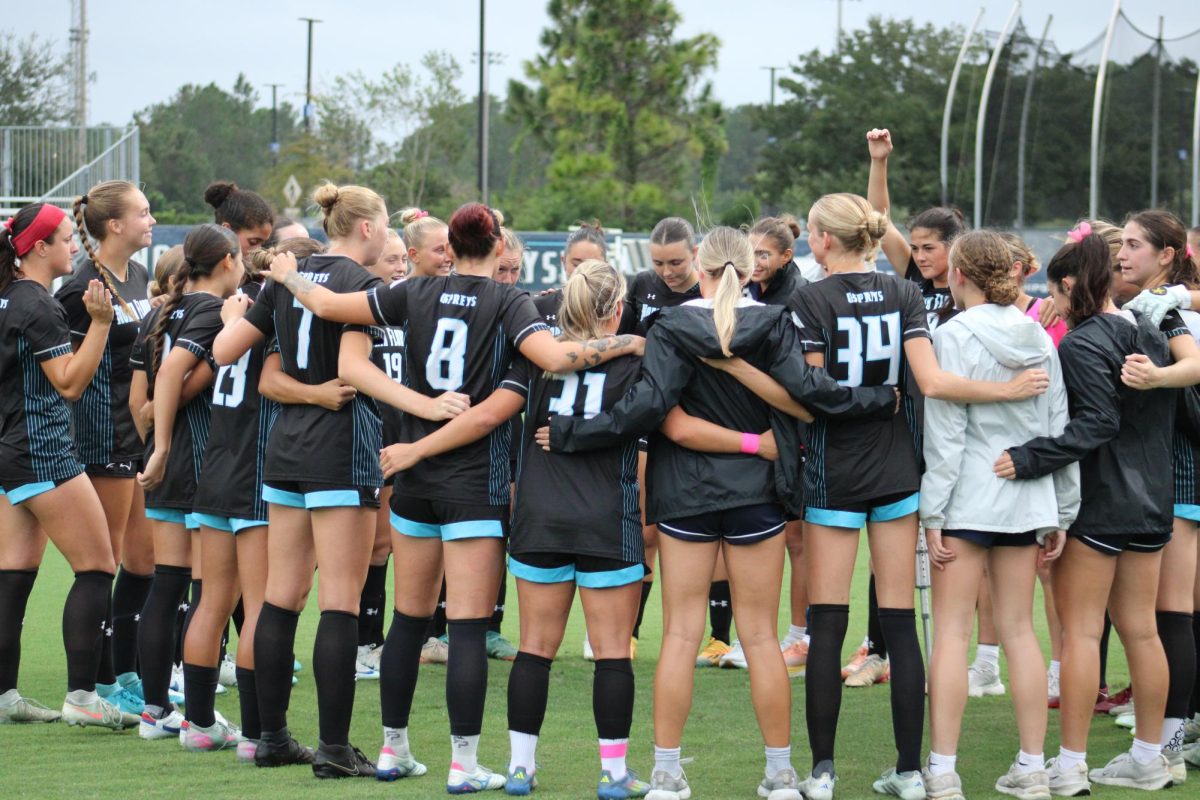College athletics is one of the world’s more volatile sporting associations. News of two schools’ impending departure from their current conference has stirred the pot, and things don’t seem to be calming down anytime soon.
News broke last week that the University of Texas and the University of Oklahoma planned to leave the Big 12 for the SEC. Texas, the nation’s most profitable college athletic department, was ultimately the catalyst in this move, with longtime rival Oklahoma essentially tagging along for the ride.
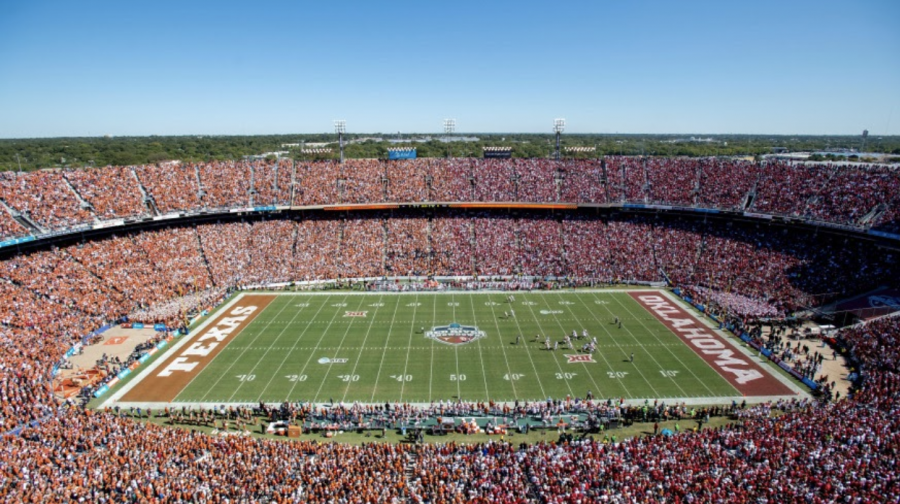
Conference realignment is nothing out of the ordinary, with the last significant changes taking place in 2013. This era, characterized by a lack of movement, was only bound to last so long, as serious cracks showed along the way. Those cracks have now morphed into an abyss, with many schools not knowing what their future holds.
These schools include the now leftovers of the Big 12: Baylor, Iowa State, Kansas, Kansas State, Oklahoma State, Texas Christian, Texas Tech, and West Virginia. If you’re a fan of any of these teams, you have a legitimate reason to worry. However, some of these schools are in a much better position than others. There have been talks of Iowa State and Kansas joining the sturdy Big Ten, but even this may not happen, leaving them in the same sinking ship as the rest.
One school that may be left out to dry the harshest is Kansas State. Located in the deceptively small market of Manhattan, Kansas, there isn’t much economic draw with the Wildcats. In addition, many of their higher-level sports programs are somewhat run of the mill. There have been good seasons in the past decade or so for football and basketball, but this overall mediocrity combined with market size could see Kansas State end up as castaways in a smaller conference.
Throughout all of this lingers one significant question: why? Why are Texas and Oklahoma doing what they’re doing? Put simply, it’s money. The SEC’s current TV deal with CBS is set to expire following the 2023 season. This created a bidding war for the broadcasting rights, giving the conference an extraordinary amount of cash that its members will benefit from.
With Texas being the NCAA’s most profitable athletic department and Oklahoma not being far behind at 8th in the country, it’s easy to see the benefits on both sides. For Texas and OU, they will get to reap the rewards of this lucrative new TV deal. For the SEC, they get to bring in two of the biggest brands in the country.
Unfortunately, the Big 12 isn’t so lucky, as they’ve had the rug pulled out from underneath them. Commissioner Bob Bowlsby appeared to be clueless regarding the talks, stating that “It’s not one of the things that keeps me up at night” at Big 12 Media Days just a couple of weeks ago. If it didn’t keep him up at night then, the painfully ironic twist certainly does now.
So, what’s next for the Big 12? Texas and OU won’t officially join the SEC until one of three things happens: 1) Their grant of rights expires in 2025; 2) They pay the potentially $80M buyout along with an 18-month heads-up; 3) Other Big 12 teams bolt for new conferences, collapsing the Big 12 and allowing Texas and OU to gallop off into the sunset. The latter two are more likely, as it’s hard to see this whole situation crawl into 2025.
The shockwaves of this move haven’t only affected these two conferences, as rumors of potential ‘super conferences’ have emerged. Further adding to the drama is the legal action that the Big 12 is taking against ESPN, accusing the network of conspiring against the conference and instigating its downfall for the benefit of their new SEC TV deal.
In a situation as messy as this one, it’s hard to know what’s truly going on behind the scenes. Voices chime in from all over the midwest, claiming what’s best for their school, but they may not have as much leverage as they believe. Some schools, like Baylor and TCU, may have to overlook their rivalry and stick together throughout the process in order to stay afloat. One thing is for sure: no one knows what’s going to happen next.
_____
For more information or news tips, or if you see an error in this story or have any compliments or concerns, contact editor@unfspinnaker.com.








